Spot loosestrife in your garden - properties, planting, care
This plant is not so common in flower beds and garden plots of flower growers in our country. However, planting a spotted loosestrife will not cause much trouble. Its low prevalence has nothing to do with exoticism, fastidiousness, difficulty in leaving this flower. This flower can become a worthy inhabitant of a flower bed.
General idea
The flower grows perpendicular to the ground - up. The best planting sites for this perennial plant will be border borders and the space near low-growing garden flowers. You should not give him a lot of free space, otherwise the gardener, instead of a beautiful and unpretentious plant that does not need special care, may get an ordinary weed that has filled the entire area. Just like the loosestrife, it blooms all summer with fiery yellow or orange flowers, shaped like stars.
The spotted loosestrife reaches a height of 50-60 centimeters. The rhizome is long, light brown in color, with a branching at the end in the form of a whorl of several shoots, growing by 5-10 centimeters per season. The rhizome thickness is 3-5 millimeters. The stem is lowered, slightly branched, leafy. The nature of germination is erect. The leaves of the plant are broad-lanceolate, sessile.
Related species
There are more than a hundred types of loosestrife (for example, lily of the valley), of which the two most common deserve a separate, albeit brief, description. The main difference between them is the appearance (different stems, sizes and shapes of flowers). Let me introduce two more "relatives" of the dotted loosestrife:
- Coin-shaped - a plant with an increased love of moisture. The main habitats are the shores of various reservoirs and simply areas with moist soil. It grows, creeping along the ground. This property allows it to be resistant to trampling, which will make it an excellent alternative to lawn grass. Blossoming of the coin loosestrife occurs throughout the summer. Flowers are bright and yellow.
- Common loafers - the most modest and unpretentious type of this plant. Flowering takes place for 2-2.5 months - from June to September. Inflorescences are paniculate, rather high above the ground.
Planting a spot loosestrife
The unpretentiousness of the plant should not mislead the gardener. The rules for planting and caring for this perennial still exist. Here are the most basic ones.
- Increased moisture content in the soil intended for planting. High humidity is a necessary and natural habitat for loosestrife.
- Soil nutritional value. The dotted loosestrife in the process of its growth will "require" a sufficiently large amount of free space and the land itself.
- The absence of young flowers at the time of planting or transplanting. That is why the best seasons for such processes will be the beginning of summer or the end of autumn.
The best place for planting spotted loosestrife is partial shade, however, growth slowdown will not occur on the sunny side of the garden. For example, this plant can revitalize the landscape by being planted under old cherries and apple trees. In this case, it is necessary to remember about periodic feeding of the earth due to its increased fatigue. Such care will not be difficult for the gardener.
Both a point and lily of the valley loosestrife near any body of water, be it a pond or a well, will look very beautiful and natural. The increased soil moisture in such places will allow it to grow as much as possible.In order to avoid the "escape" of the plant, one should not forget about its containment by periodic planting with crushing of the roots or the construction of a fence for twisting loosestrife.
The unpretentiousness of the plant and proper care allow it to live in one place for quite a long time - up to ten years. A year or two after planting, the loosestrife turns into a rather large plant with a large number of shoots.
Advice
The place for planting should be chosen in autumn or winter, and the process itself, as already mentioned, should be performed in early summer or late autumn.
Reproduction
Reproduction of a point loosestrife can be done in several ways. When seeds are used, their preliminary stratification occurs, lasting for several months. This term means a set of measures aimed at accelerating germination and increasing seed germination. When using this method of reproduction, you should not wait for the appearance of flowers earlier than in the second or third year after the moment of planting.
The most optimal in terms of simplicity and speed is the vegetative method. His technique consists only in dividing the loosestrife rhizome into several processes. This process is best done in late autumn. The result will not keep you waiting long - you can expect flowering already next year. Lily of the valley loosestrife reproduces in the same way.
Reproduction of loosestrife will occur in the best way when planting together with other moisture lovers - a bell, fern.
Loosestrip care
With proper planting - in a soil saturated with moisture - gardeners are freed from the hassle of watering, performing this process only during a period of prolonged absence of precipitation.
Caring for the plant during the growing season does not oblige you to make additional fertilizing. Fertilization of the soil on which the loosestrife grows must be done only in the fall, using humus.
Advice
After the end of flowering, wilted inflorescences of the plant must be removed. When autumn comes, the stems are cut.
Thus, caring for spotted loosestrife will not be a burdensome task for a gardener.
The plant has strong immunity to pests and diseases. The only trouble before which it can be defenseless is possible only in the form of an aphid invasion. This problem can be easily solved by purchasing and using a special tool - "Biotlin", "Antitlina".
Medical applications
Traditional medicine finds many ways to use the spot loosestrife. For example, the plant prevents the development of diseases of the gastrointestinal tract, becoming an important element in promoting recovery.
There are also contraindications for use as a medicine. Some blood diseases, thrombosis, varicose veins, sclerosis of the vessels of the arms and legs - the presence of these diagnoses prohibits the use of drugs based on loosestrife.
Hypertension patients also cannot be drug users on this basis. Decoctions for children with dry cough are strictly prohibited.
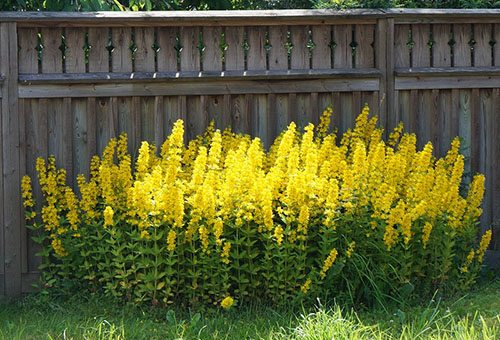
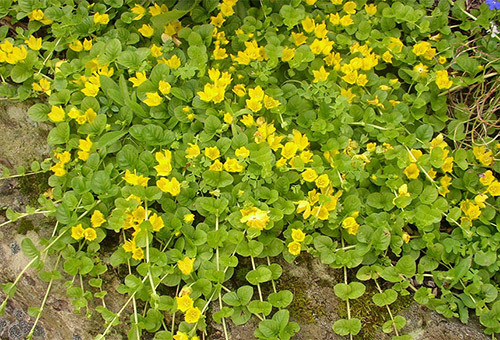
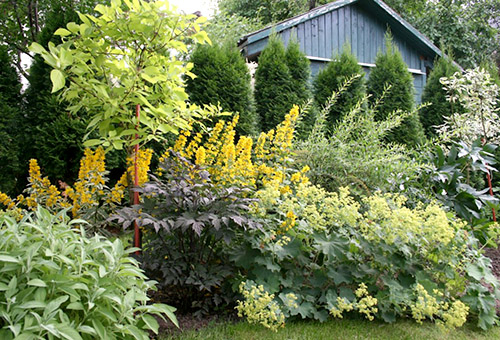




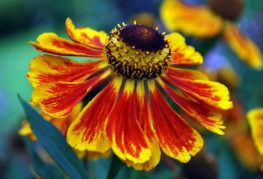
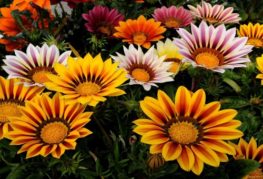

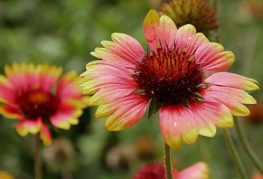
and will be published shortly.